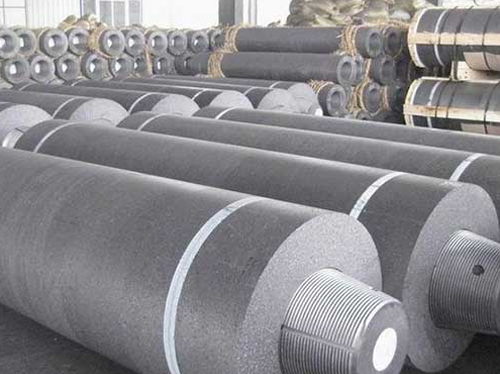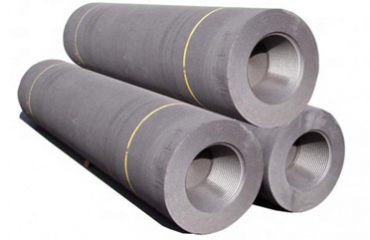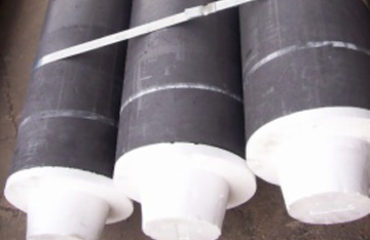
One of the primary applications of graphite electrodes is in the steelmaking industry. Electric arc furnaces rely on graphite electrodes to generate the high temperatures needed to melt and refine scrap steel into new steel products. Graphite electrodes are used to create an electric arc that heats the furnace and facilitates the chemical reactions necessary for steel production.
Graphite electrodes are also used in the production of aluminum. In the smelting process, graphite electrodes are employed to pass an electric current through a molten mixture of aluminum oxide and cryolite, which reduces the aluminum oxide to produce aluminum. This process is known as the Hall-Héroult process and is a key method for aluminum production worldwide.
Graphite electrodes are commonly used in the production of silicon and various ferroalloys, such as ferrosilicon and ferromanganese. In these processes, graphite electrodes are used to heat and melt raw materials in submerged arc furnaces, allowing for the creation of these essential alloy products used in a wide range of industries.
Graphite electrodes are also utilized in various specialty applications, such as in the production of electrodes for electric arc welding, as well as in the manufacturing of graphite crucibles, molds, and other high-temperature products. Graphite electrodes are essential components in many industrial processes that require high-temperature operations and precise control over heat generation.


